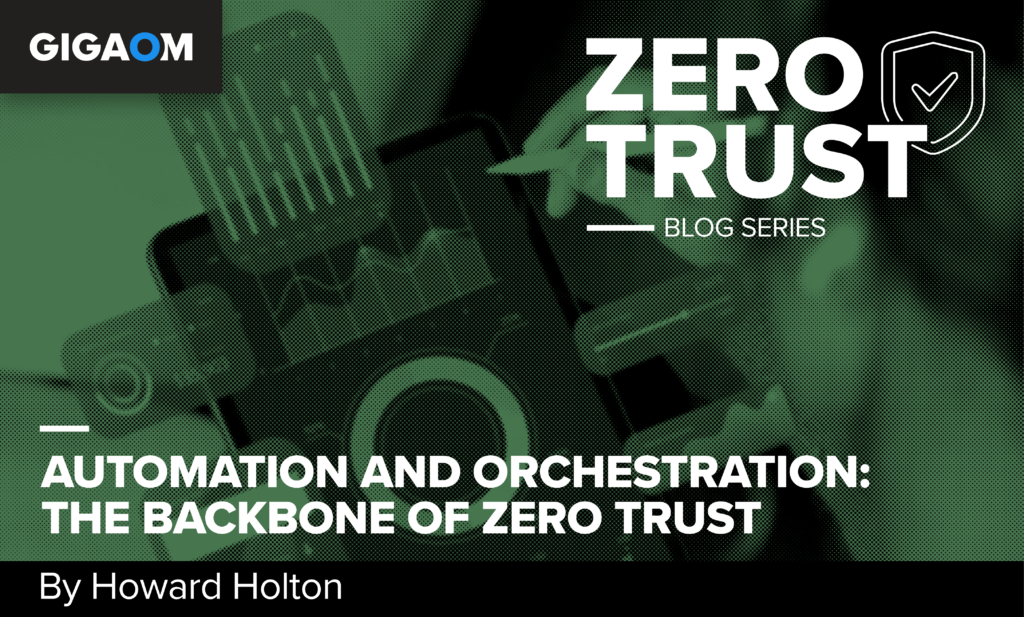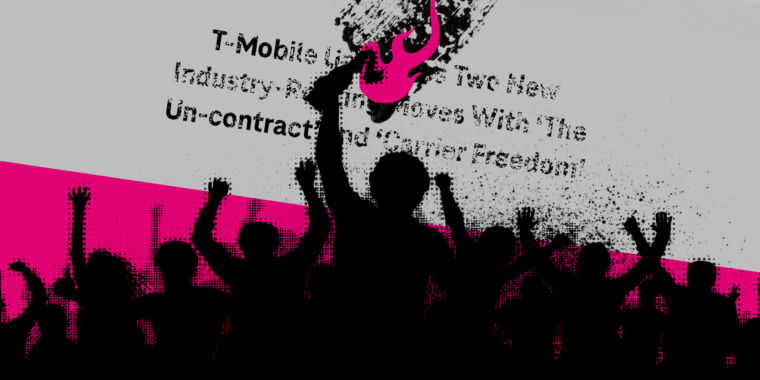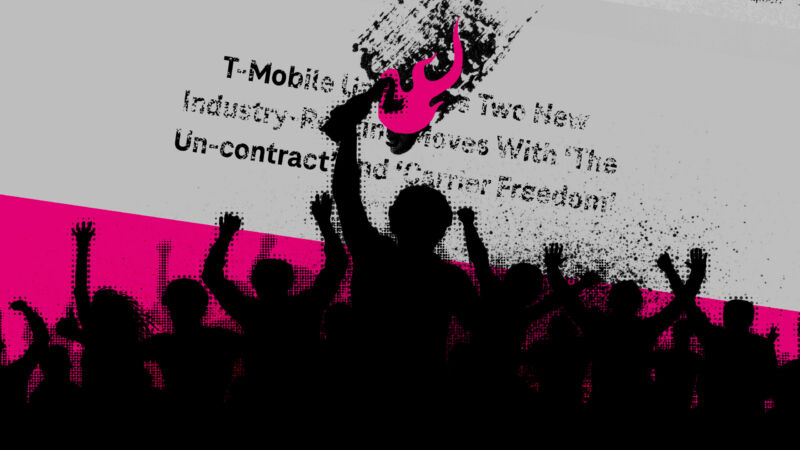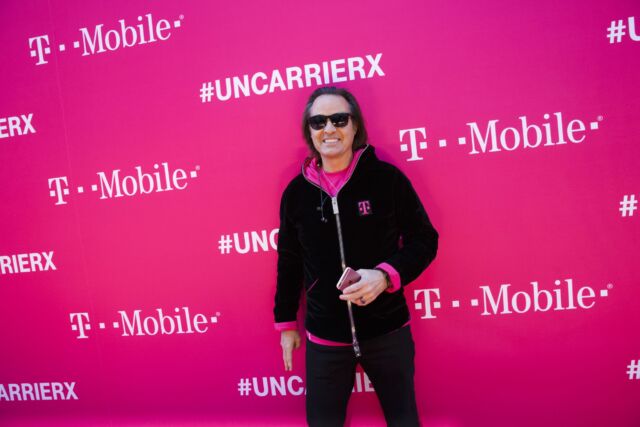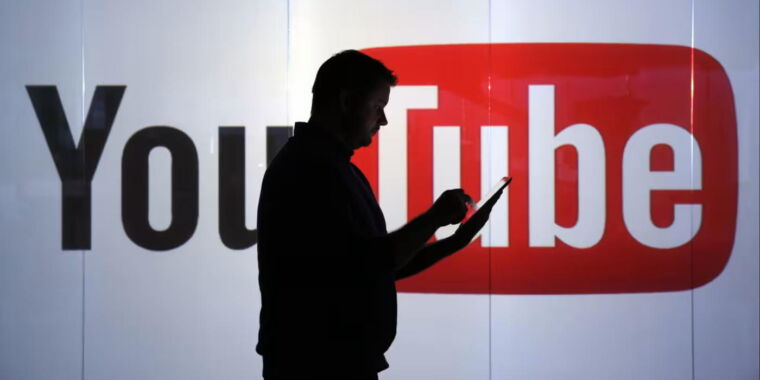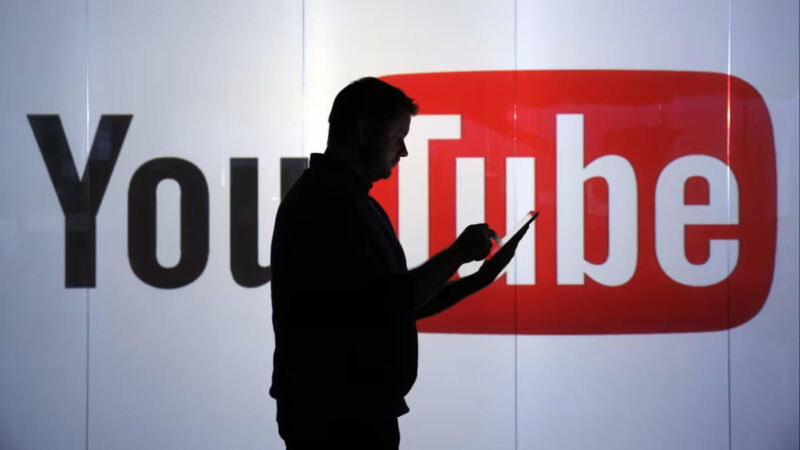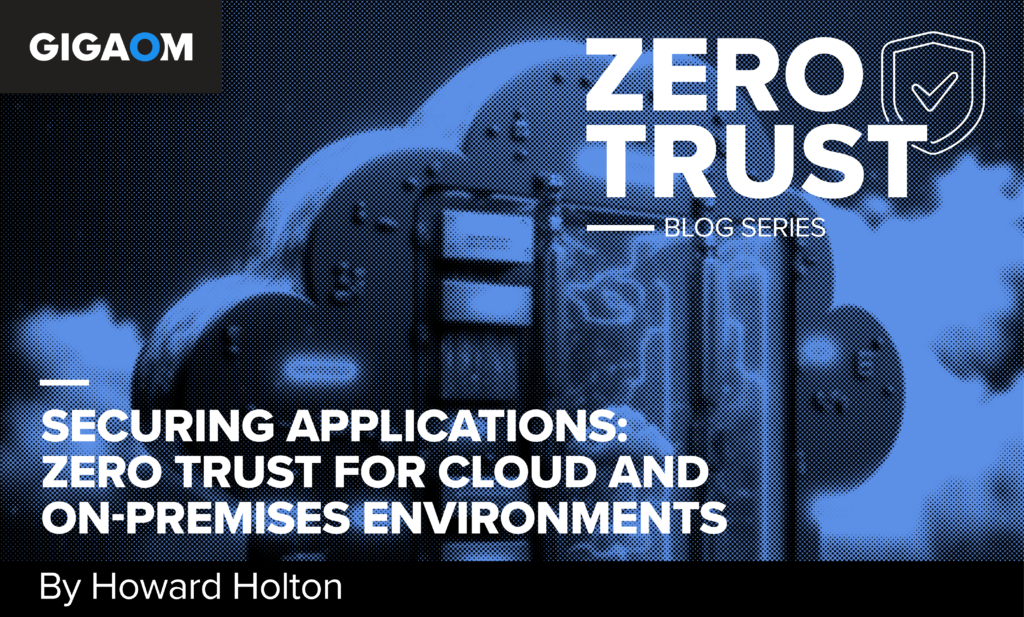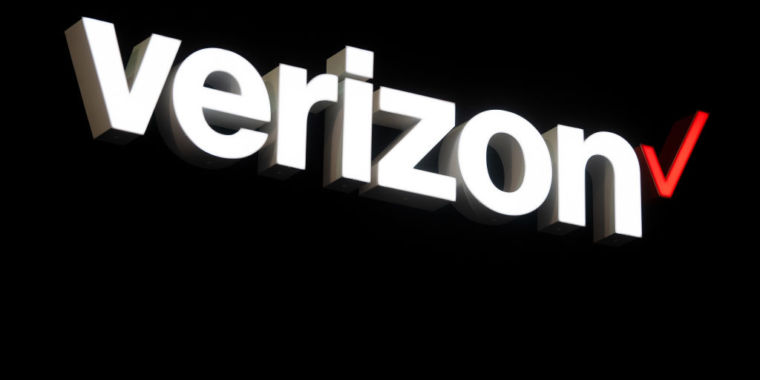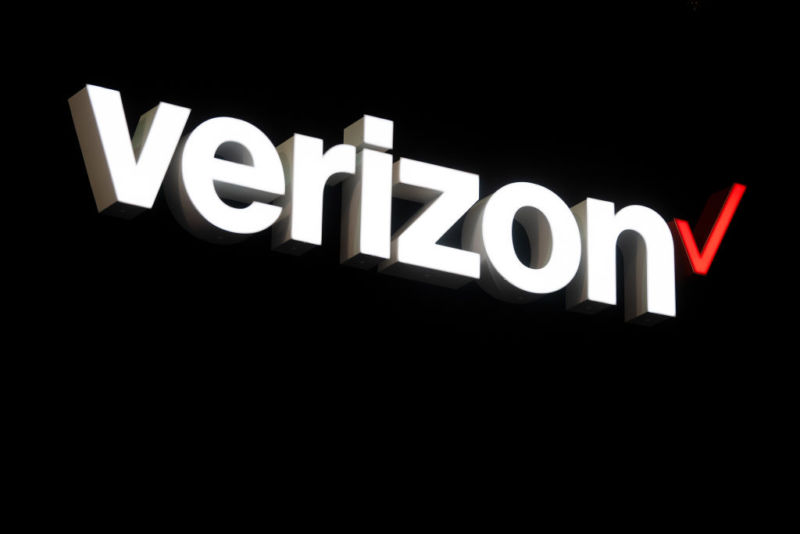Automation and Orchestration: The Backbone of Zero Trust
Welcome to the next installment of our zero trust blog series! In our previous post, we explored the critical role of monitoring and analytics in a zero trust model and shared best practices for building a comprehensive monitoring and analytics strategy. Today, we’re shifting our focus to another key enabler of zero trust: automation and orchestration.
In a zero trust model, security must be dynamic, adaptive, and continuous. With no implicit trust granted to any user, device, or application, organizations must be able to quickly and consistently enforce security policies, detect and respond to threats, and maintain a robust security posture across a complex, ever-changing environment.
In this post, we’ll explore the role of automation and orchestration in a zero trust model, discuss the key technologies and processes involved, and share best practices for building a comprehensive automation and orchestration strategy.
The Role of Automation and Orchestration in Zero Trust
In a traditional perimeter-based security model, security processes are often manual, reactive, and siloed. Security teams must manually configure and enforce policies, investigate and respond to alerts, and coordinate across multiple tools and teams to remediate incidents.
However, in a zero trust model, this approach is no longer sufficient. With the attack surface expanding and the threat landscape evolving at an unprecedented pace, organizations must be able to automate and orchestrate security processes across the entire environment, from identity and access management to network segmentation and incident response.
Automation and orchestration play a critical role in enabling zero trust by:
- Enforcing consistent policies: Automating the configuration and enforcement of security policies across the environment, ensuring that all users, devices, and applications are subject to the same rules and controls.
- Accelerating threat detection and response: Orchestrating the collection, analysis, and correlation of security data from multiple sources, enabling faster detection and response to potential threats.
- Reducing human error and inconsistency: Minimizing the risk of human error and inconsistency by automating repetitive, manual tasks and ensuring that policies and processes are applied consistently across the environment.
- Enabling continuous monitoring and optimization: Continuously monitoring the environment for changes and anomalies, and automatically adapting policies and controls based on new information and insights.
By applying these principles, organizations can create a more agile, adaptive, and efficient security posture that can keep pace with the demands of a zero trust model.
Key Technologies and Processes for Zero Trust Automation and Orchestration
To build a comprehensive automation and orchestration strategy for zero trust, organizations must leverage a range of technologies and processes, including:
- Security orchestration, automation, and response (SOAR): Platforms that enable the automation and orchestration of security processes across multiple tools and systems, such as incident response, threat hunting, and vulnerability management.
- Infrastructure as code (IaC): Tools and practices that enable the automated provisioning, configuration, and management of infrastructure using code, such as Terraform, Ansible, and CloudFormation.
- Continuous integration and continuous deployment (CI/CD): Processes and tools that enable the automated building, testing, and deployment of applications and infrastructure, such as Jenkins, GitLab, and Azure DevOps.
- Policy as code: Practices and tools that enable the definition and enforcement of security policies using code, such as Open Policy Agent (OPA) and HashiCorp Sentinel.
- Robotic process automation (RPA): Tools that enable the automation of repetitive, manual tasks across multiple systems and applications, such as UiPath and Automation Anywhere.
By leveraging these technologies and processes, organizations can build a comprehensive, automated, and orchestrated approach to zero trust that can adapt to changing business requirements and threat landscapes.
Best Practices for Zero Trust Automation and Orchestration
Implementing a zero trust approach to automation and orchestration requires a comprehensive, multi-layered strategy. Here are some best practices to consider:
- Identify and prioritize use cases: Identify the key security processes and use cases that can benefit from automation and orchestration, and prioritize them based on their impact and feasibility. Focus on high-value, high-volume processes first, such as incident response and policy enforcement.
- Establish a centralized automation platform: Implement a centralized platform, such as a SOAR or IaC tool, to manage and orchestrate automated processes across the environment. Ensure that the platform can integrate with existing tools and systems and can scale to meet the needs of the organization.
- Implement policy as code: Define and enforce security policies using code, leveraging tools such as OPA and Sentinel. Ensure that policies are version-controlled, tested, and continuously updated based on new requirements and insights.
- Automate testing and validation: Automate the testing and validation of security controls and policies, leveraging tools such as Terraform Sentinel and Inspec. Ensure that tests are run continuously and that results are used to drive improvements and optimizations.
- Monitor and measure effectiveness: Continuously monitor and measure the effectiveness of automated processes and orchestrations, using metrics such as mean time to detect (MTTD), mean time to respond (MTTR), and false positive rates. Use these insights to continuously improve and optimize processes and policies.
- Foster collaboration and communication: Foster collaboration and communication between security, operations, and development teams, leveraging tools such as ChatOps and collaboration platforms. Ensure that all teams are aligned on the goals and processes of automation and orchestration and that feedback and insights are continuously shared and acted upon.
By implementing these best practices and continuously refining your automation and orchestration posture, you can build a more agile, adaptive, and efficient approach to zero trust that can keep pace with the demands of the modern threat landscape.
Conclusion
In a zero trust world, automation and orchestration are the backbone of the security organization. By automating and orchestrating key security processes and policies, organizations can enforce consistent controls, accelerate threat detection and response, reduce human error and inconsistency, and enable continuous monitoring and optimization.
However, achieving effective automation and orchestration in a zero trust model requires a commitment to leveraging the right technologies and processes, fostering collaboration and communication between teams, and continuously monitoring and optimizing effectiveness. It also requires a shift in mindset, from a reactive, manual approach to a proactive, automated approach that can adapt to changing business requirements and threat landscapes.
As you continue your zero trust journey, make automation and orchestration a top priority. Invest in the tools, processes, and skills necessary to build a comprehensive automation and orchestration strategy, and regularly assess and refine your approach to keep pace with evolving threats and business needs.
In the next post, we’ll explore the role of governance and compliance in a zero trust model and share best practices for aligning zero trust initiatives with regulatory requirements and industry standards.
Until then, stay vigilant and keep automating!
Additional Resources:
Automation and Orchestration: The Backbone of Zero Trust Read More »
